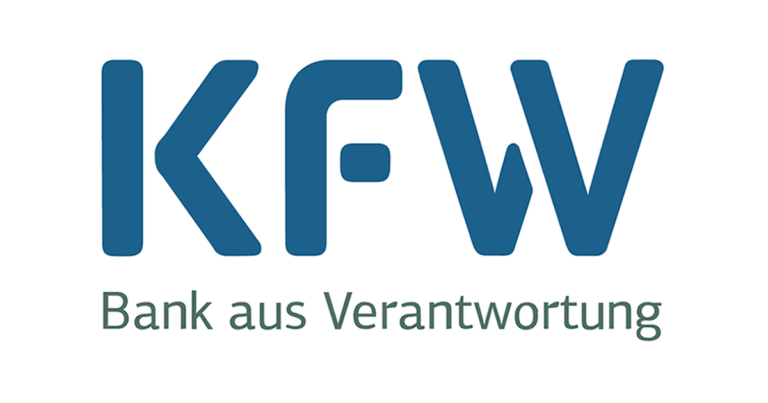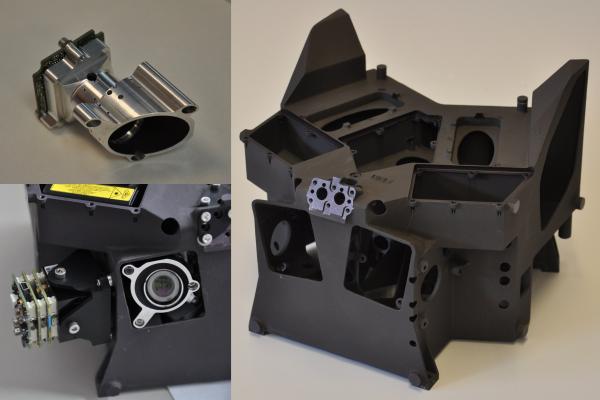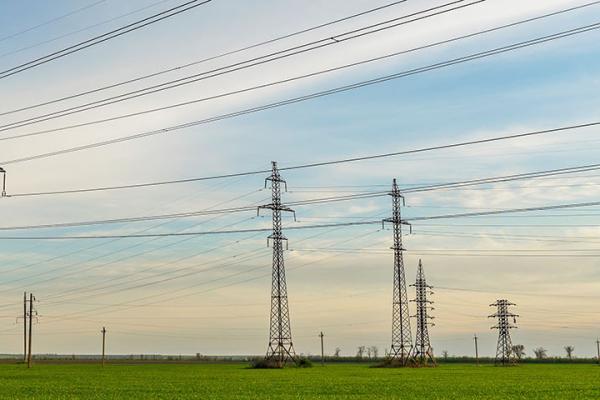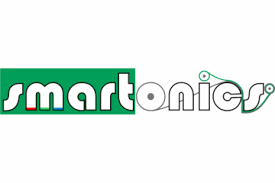Result description
The methodology is based on the identification of the most suitable DRES to exchange reactive power to regulate the voltage. A prioritization in their reaction is made which results in the minimum required ICT infrastructure. The optimization includes the losses in the distribution grid and the number of OLTC operations. The DSO is free to choose from those two optimization objectives. Significant loads on the medium voltage (MV) are also allowed to participate in the voltage regulation. Following this methodology, the voltage regulation is no longer a limiting factor in DRES penetration. The latter is limited only by physical constraints such as the line ampacity and the rated power of the HV/MV or MV/LV transformer.
Addressing target audiences and expressing needs
- We are sharing our knowledge
- Collaboration
Firstly, we are looking for partners (mainly DSOs and Aggregators) to pursue demonstration projects to advance the maturity of the product to TRL6-8. Secondly, transfer the findings/ Intellectual Properties to DSOs and Aggregators.
- Others/ No specific audience
- Public or private funding institutions
- Research and Technology Organisations
R&D, Technology and Innovation aspects
Currently, the methodology has been tested via simulations and Lab testing. Next step required is the testing in actual relevant environment to reach TRL 6-7. DSOs, Aggregators, and converter manufacturers are welcome to enable such demonstration.
The methodology is independent of the size or number of the DRES in a distribution grid. In fact, it works better when the DRES penetration increases.
The methodology is replicable provided the distribution grid is of radial form.
Voltage regulation is one of the obstacles for high DRES penetration in many distribution grids. Currently, DSOs tackle this issue with grid upgrades. The solution provided by this methodology can mitigate those upgrades.
Result submitted to Horizon Results Platform by ARISTOTELIO PANEPISTIMIO THESSALONIKIS















